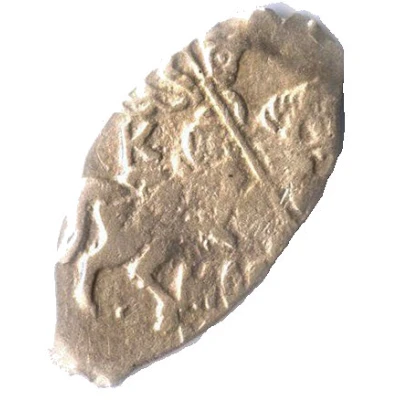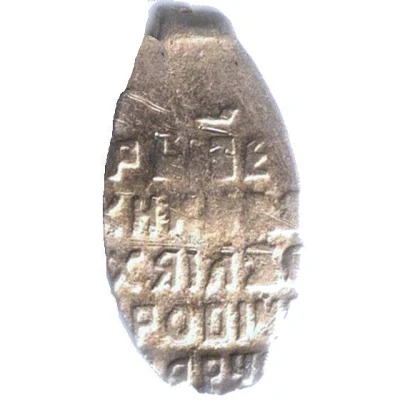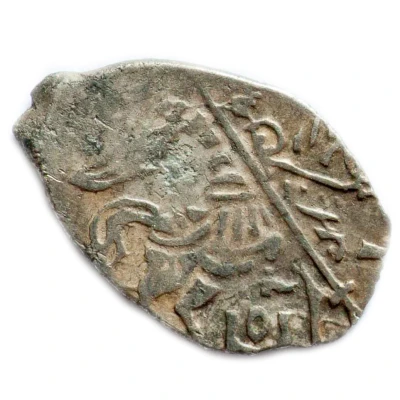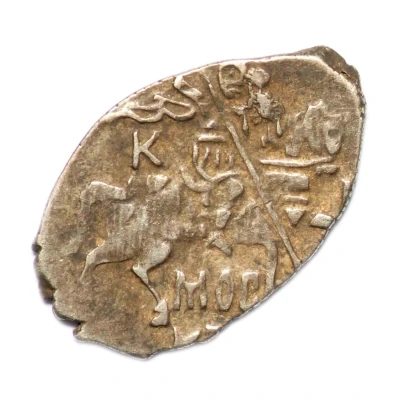
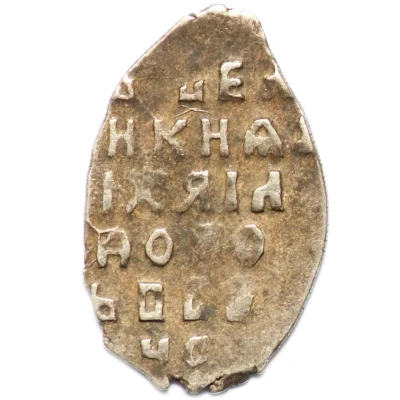

© Grinya (CC BY-NC-SA)
Kopeck - Mikhail I К-Ч МОС/КВА ND
| Silver | 0.45 g | - |
| Issuer | Russian Empire |
|---|---|
| Tsar | Michael I (1613-1645) |
| Type | Standard circulation coin |
| Years | 1636-1643 |
| Value | 1 Kopeck (1 Копейка) (0.01) |
| Currency | Rouble (1533-1717) |
| Composition | Silver |
| Weight | 0.45 g |
| Shape | Round (irregular) |
| Technique | Hammered (wire) |
| Orientation | Variable alignment ↺ |
| Demonetized | Yes |
| Updated | 2024-10-07 |
| Numista | N#111863 |
|---|---|
| Rarity index | 87% |
Reverse
Cyrillic inscription.
Script: Cyrillic
Translation: Tsar and Grand Prince Mikhail Fedorovich of All Rus
Comment
Silver .875 ÷ .960Interesting fact
The Kopeck coin , which was issued during the reign of Mikhail I (also known as Michael I) of Russia, was part of a series of coins that were minted with a unique feature - a small silver plate attached to the reverse side of the coin. This plate was known as a "quartz" and was used to verify the coin's authenticity. The quartz was a small, square piece of silver that was attached to the coin's reverse side and had a unique pattern or design etched into it. This feature was used to prevent counterfeiting and to ensure that the coin was genuine. It's interesting to note that the use of a quartz as a security feature was a innovative move by the Russian Empire at the time, and it demonstrates the efforts that were taken to prevent counterfeiting and ensure the integrity of the currency.
